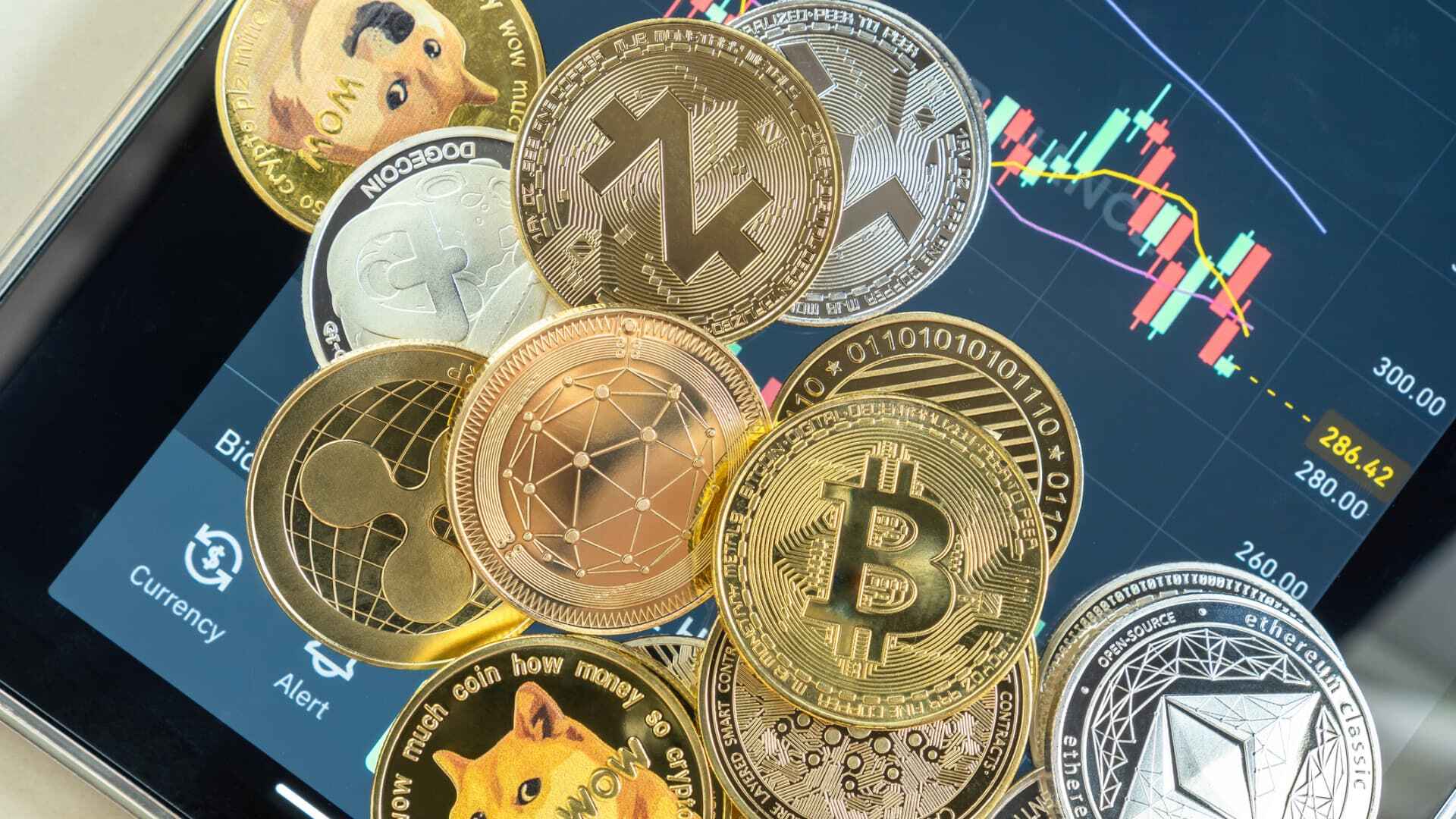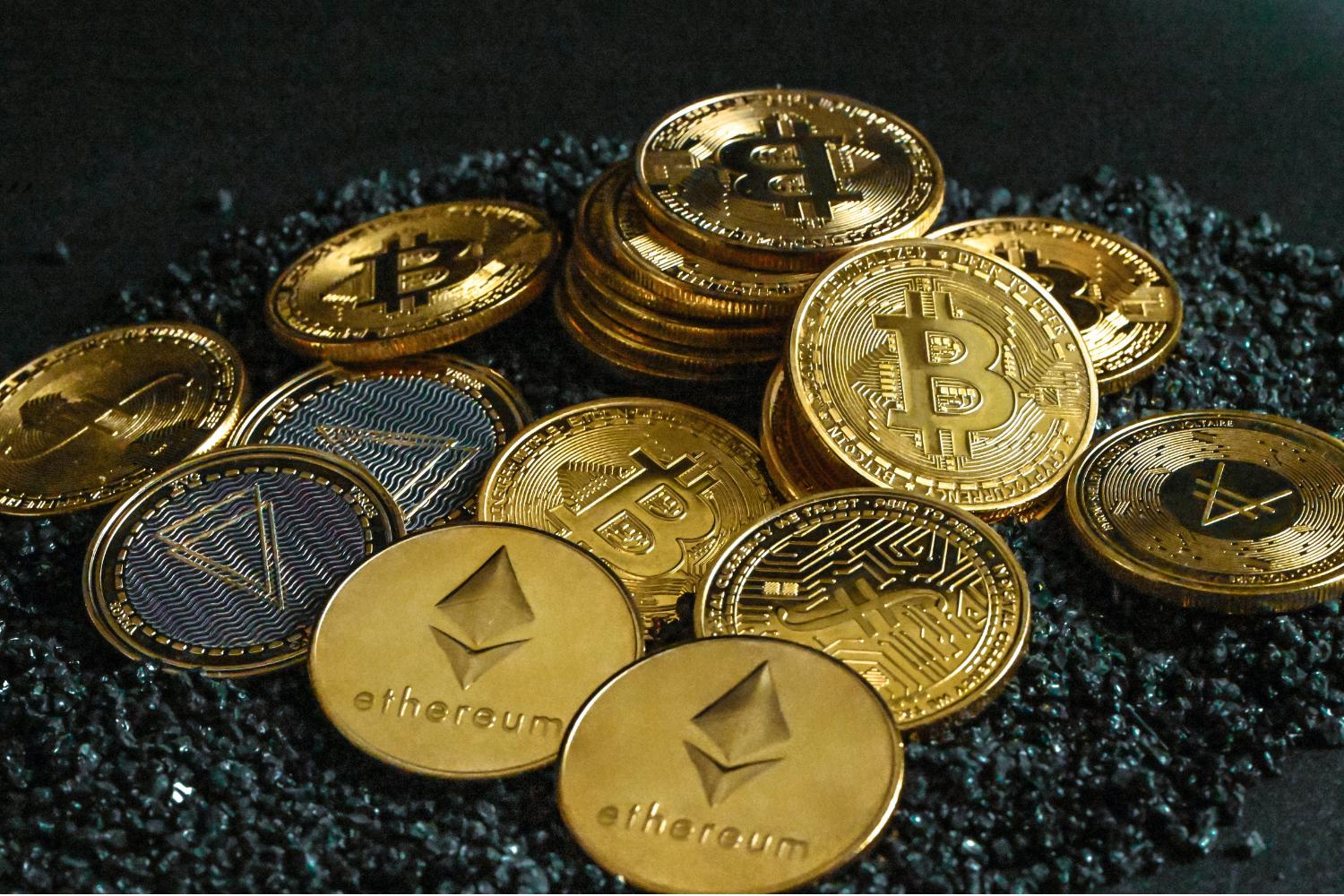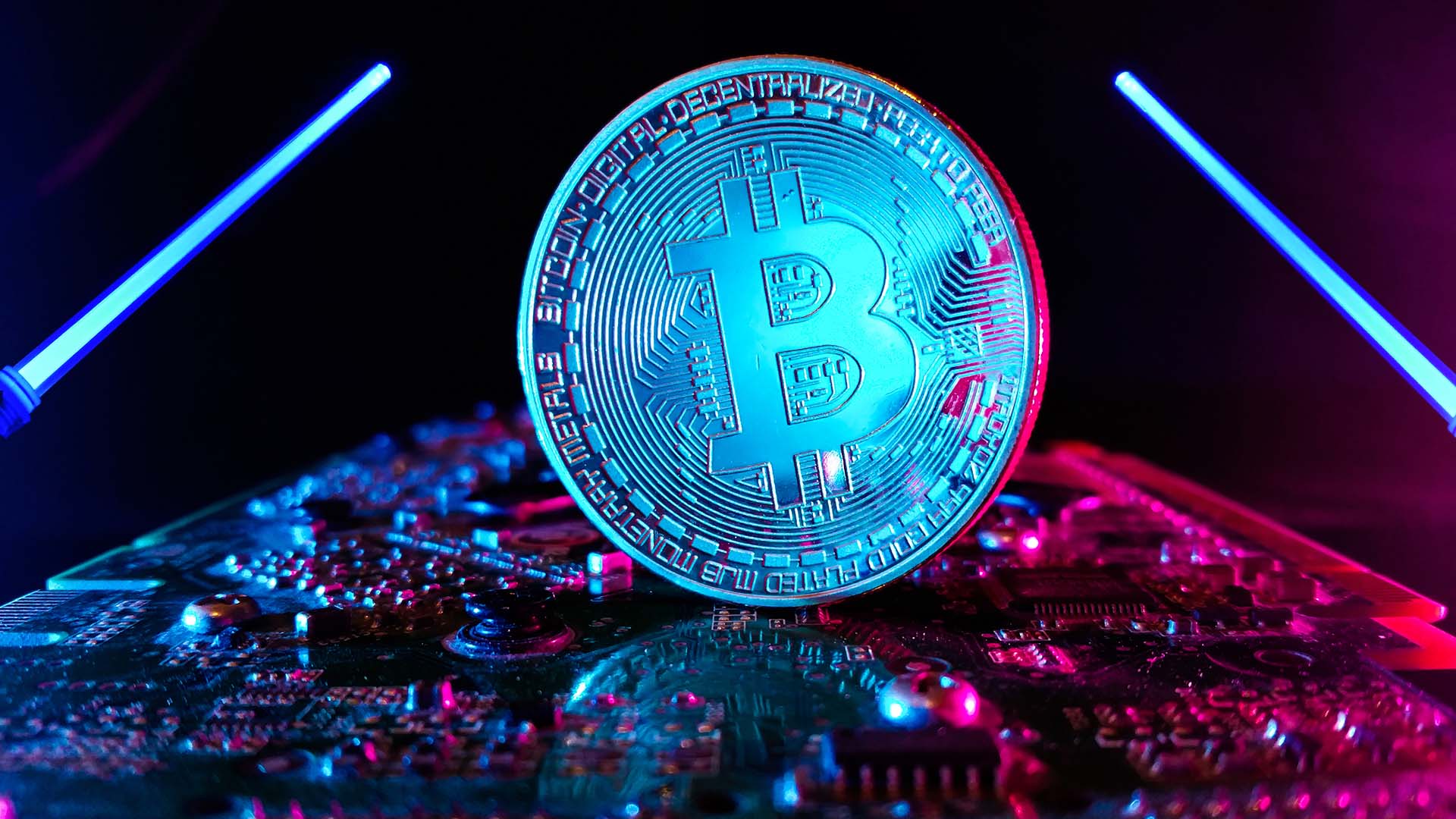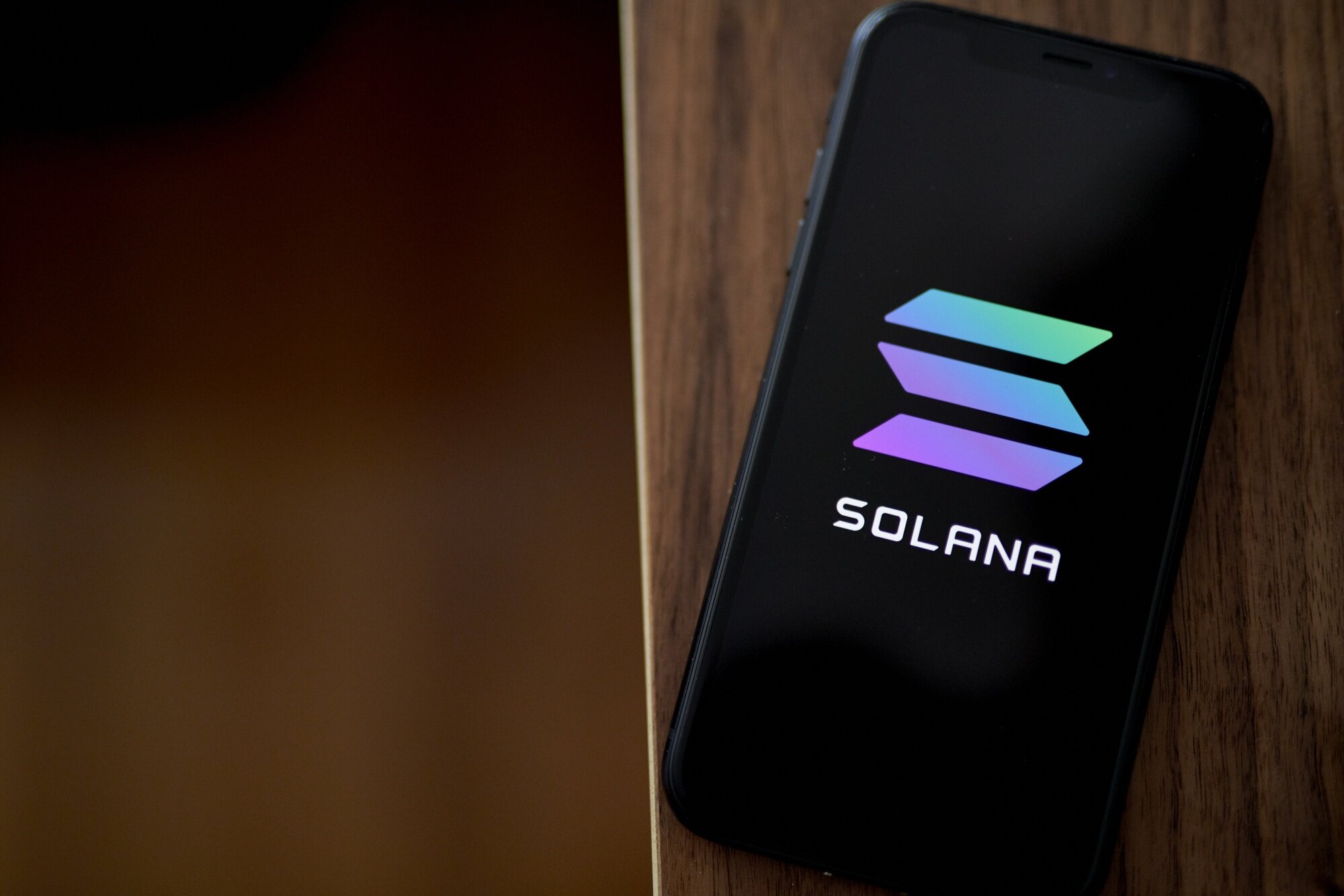What is an ICO?
An ICO, short for Initial Coin Offering, is a fundraising method used by cryptocurrency startups to raise capital for their projects. It is similar to an Initial Public Offering (IPO) in the traditional finance world, where companies offer shares to the public for the first time. However, in the case of an ICO, the company offers digital tokens or coins instead of traditional shares.
These tokens or coins are typically based on blockchain technology, the same technology that powers popular cryptocurrencies like Bitcoin and Ethereum. They represent a form of digital asset that can have various functions within the project ecosystem. Investors purchase these tokens during the ICO in exchange for established cryptocurrencies, such as Bitcoin or Ethereum, or sometimes even with fiat currency.
ICOs have gained significant popularity in recent years due to their potential for high returns and the opportunity for early-stage investors to participate in groundbreaking projects. Unlike traditional fundraising methods, which often require extensive paperwork and regulatory scrutiny, ICOs provide a more straightforward and accessible way for startups to secure funding.
One of the unique aspects of ICOs is that they offer investors the chance to become early adopters and have a stake in the success of the project. If the project gains traction and becomes widely adopted, the value of the tokens purchased during the ICO can increase exponentially, resulting in significant profits for investors.
However, it’s important to note that ICOs also come with risks. The cryptocurrency market is highly volatile, and not all projects will succeed. Investors should conduct thorough research and due diligence to assess the credibility and potential of the project before participating in an ICO.
In summary, an ICO is a crowdfunding method used by cryptocurrency startups to raise funds by issuing and selling tokens or coins. It provides investors with an opportunity to support innovative projects and potentially earn substantial returns. With their increasing popularity, ICOs have become an integral part of the cryptocurrency ecosystem.
How Does an ICO Work?
Understanding how an ICO works is essential for anyone interested in participating in this fundraising method. While each ICO may have slight variations in their process, the underlying mechanics typically remain the same.
The first step in an ICO is for the project team to create a whitepaper. This document outlines the details of the project, including its goals, technology, and how funds raised during the ICO will be utilized. The whitepaper provides potential investors with crucial information to evaluate the project’s potential and make informed decisions.
Once the whitepaper is ready, the project team will set a date for the ICO and announce it to the public. Interested investors can participate by sending their desired amount of cryptocurrency to the project’s designated wallet address. In return, they receive the project’s own tokens or coins proportionate to their investment.
The ICO may have different phases, such as a pre-sale and a crowdsale. The pre-sale is typically open only to select individuals or investors and offers additional benefits, such as discounted token prices or early access. The crowdsale is the main ICO event, open to the general public for participation.
During the ICO, investors should ensure they have a compatible wallet that supports the project’s tokens. This wallet is where the purchased tokens will be credited once the ICO concludes. It is crucial to carefully follow the instructions provided by the project team to avoid any complications in receiving the tokens.
After the ICO concludes, the project team will distribute the tokens to investors’ wallets. The tokens can then be traded on cryptocurrency exchanges or held as an investment in the hope that their value appreciates over time.
It’s important to note that participating in an ICO carries risks. The regulatory landscape surrounding ICOs is still evolving, and there may be legal and security implications to consider. Additionally, not all ICOs achieve their intended goals, and investors should thoroughly evaluate the project’s viability, team experience, and roadmap before making an investment.
In summary, an ICO operates by offering investors the opportunity to purchase tokens or coins issued by a project in exchange for established cryptocurrencies. The process involves a whitepaper, fundraising phases, investor participation, token distribution, and potential token trading. It’s crucial to assess the project’s credibility and potential risks before participating in an ICO.
Researching ICOs
Before participating in an ICO, conducting thorough research is of utmost importance to minimize risks and make informed investment decisions. Here are some essential factors to consider when researching ICOs:
1. Team: Investigate the background and experience of the project team members. Look for their track record in the industry and their involvement in previous successful projects. A competent and transparent team increases the likelihood of project success.
2. Whitepaper: Carefully analyze the project’s whitepaper. It should provide a clear explanation of the project’s concept, goals, technology, and roadmap. Evaluate the feasibility and innovation of the project, as well as the potential market demand for the product or service it aims to provide.
3. Tokenomics: Study the token economics of the project. Understand the token’s utility within the ecosystem and how it will be used. Evaluate factors like token distribution, supply, and potential token value appreciation. Look for projects with a well-designed economic model and a clear use case for their tokens.
4. Community and Social Presence: Evaluate the project’s community engagement and social media presence. A strong and active community indicates a dedicated user base and can contribute to the project’s success. Look for interactions, updates, and responsiveness from the team on various platforms.
5. Auditing and Legal Compliance: Check if the project has undergone any security audits or regulatory compliance procedures. Look for partnerships with reputable auditing firms or legal advisors. Compliance with industry standards and regulations indicates a commitment to transparency and reliability.
6. Market Potential: Assess the project’s target market and competition. Analyze the competitive landscape to understand if the project offers unique features or advantages over existing solutions. Consider the potential demand and adoption of the project in its respective industry.
7. Risks and Limitations: Identify and evaluate the risks associated with the project. Consider factors such as technical, regulatory, and market risks. Assess whether the project addresses potential challenges and has a contingency plan in place.
8. Professional Advice: Seek advice from trusted professionals or experts in the cryptocurrency industry. Their knowledge and experience can provide valuable insights and help in making more informed decisions.
By conducting thorough research and analysis, you can mitigate the risks associated with investing in ICOs and increase your chances of identifying promising projects. Remember, investing in ICOs should be approached with caution and a long-term perspective, as the cryptocurrency market can be highly volatile.
Setting Up a Wallet
Setting up a wallet is a crucial step in preparing to participate in an ICO. A wallet acts as a secure digital storage space for your cryptocurrencies and the tokens you acquire during an ICO. Here’s what you need to know about setting up a wallet:
1. Choose an Appropriate Wallet: There are different types of wallets available, including hardware wallets, software wallets, and online wallets. Hardware wallets, such as Ledger or Trezor, are physical devices that offer the highest level of security. Software wallets are applications that you install on your computer or mobile device, while online wallets are web-based platforms. Consider your security needs and convenience when selecting a wallet.
2. Create a Wallet: Follow the instructions provided by the wallet provider to create your wallet. This typically involves choosing a strong password, and in some cases, setting up a seed phrase or recovery question. Keep the seed phrase or recovery information in a secure location, as it can help you regain access to your wallet if you ever forget your password or lose your device.
3. Back Up Your Wallet: Once your wallet is created, it’s crucial to back up your wallet’s private keys or seed phrase. This backup ensures that you can restore your wallet and access your funds if your device is lost, stolen, or damaged. Follow the wallet provider’s instructions for backing up your wallet, and keep the backup in a safe and separate location from your device.
4. Secure Your Wallet: Implement additional security measures to protect your wallet. Enable multi-factor authentication if available, and consider using a hardware wallet for an extra layer of security. Regularly update your wallet software to ensure that you have the latest security patches.
5. Ensure Wallet Compatibility: Before participating in an ICO, confirm that your wallet supports the specific blockchain technology and token standards used by the project. Some ICOs require wallets that are compatible with Ethereum’s ERC-20 token standard, for example. Refer to the ICO’s guidelines or reach out to the project team for wallet compatibility information.
6. Test Transactions: Familiarize yourself with your wallet’s functionality by making small test transactions. Send a small amount of cryptocurrency to your wallet address and ensure that the transaction is successful. This practice helps validate the correct functioning of your wallet before participating in an ICO.
7. Keep Your Wallet Secure: Be mindful of potential security threats and take precautions to keep your wallet secure. Be cautious of phishing attempts, malware, and suspicious links. Never share your wallet’s private keys or seed phrase with anyone, and only download wallet software from official sources.
Setting up a wallet is a crucial step in preparing for participating in an ICO. By selecting a secure wallet, backing up your wallet, and implementing appropriate security measures, you can safely store your cryptocurrencies and tokens acquired during an ICO.
Buying ICO Digital Currency
Participating in an ICO involves buying the project’s digital currency or tokens. Here’s a step-by-step guide on how to buy ICO digital currency:
1. Choose an ICO: Research and select an ICO that you find promising and aligns with your investment goals. Evaluate factors such as the project’s concept, team, whitepaper, and potential market demand.
2. Get the Required Cryptocurrency: Most ICOs require you to purchase their digital currency using established cryptocurrencies like Bitcoin or Ethereum. If you don’t already have these cryptocurrencies, you’ll need to acquire them from a reputable cryptocurrency exchange.
3. Set Up a Wallet: Ensure that you have a compatible wallet to receive the ICO digital currency. Follow the steps outlined in the previous section to set up a secure wallet that supports the project’s tokens.
4. Check ICO Instructions: Visit the ICO’s official website and carefully read their instructions for participating in the ICO. The website should provide information on the start and end dates of the ICO, the accepted cryptocurrency for purchase, and any specific requirements or procedures.
5. Send the Cryptocurrency: Once you have the required cryptocurrency and a compatible wallet, follow the instructions provided by the ICO to send the required amount of cryptocurrency to the designated wallet address of the ICO project. Take care to accurately input the wallet address and double-check the transaction details.
6. Wait for Confirmation: After sending the cryptocurrency, you’ll need to wait for confirmation of the transaction. This process may take a few minutes to several hours, depending on the network congestion and the cryptocurrency used. Be patient and avoid making multiple transactions during this time.
7. Receive the ICO Digital Currency: Once the ICO concludes and your transaction is confirmed, the project team will distribute the ICO digital currency to your wallet address. The tokens should appear in your wallet balance. The distribution timeline may vary depending on the project, so refer to the ICO instructions or updates from the team for estimated distribution timelines.
8. Track Your Holdings: Keep track of the ICO digital currency holdings in your wallet. You can use blockchain explorers or wallet interfaces to monitor your token balance and transaction history. Stay vigilant and report any suspicious activities immediately.
Participating in an ICO can be an exciting opportunity to support innovative projects and potentially earn returns on your investment. However, be sure to conduct thorough research, evaluate risks, and only invest what you can afford to lose. Following these steps will help you navigate the process of buying ICO digital currency successfully.
Participating in an ICO Pre-Sale
An ICO pre-sale is a phase of the ICO where a project offers the opportunity to purchase tokens before the official crowdsale. Participating in an ICO pre-sale can provide certain advantages, such as discounted token prices or early access. Here’s what you need to know:
1. Research Pre-Sale Information: Gather information about the ICO pre-sale from the project’s official website, whitepaper, or announcements. Look for details on the pre-sale start date, duration, token allocation, and any requirements or restrictions for participation.
2. Join Whitelist or Register: To participate in an ICO pre-sale, you may need to join a whitelist or register your interest. Whitelisting typically involves providing your email address, KYC (Know Your Customer) information, and agreeing to terms and conditions specified by the project. Follow the instructions provided by the project team to secure your spot in the pre-sale.
3. Confirm Contribution Method: Check the accepted contribution methods for the pre-sale. Most pre-sales require contributors to send their investment in a specific cryptocurrency or a combination of cryptocurrencies. Ensure that you have the required cryptocurrencies and that they are compatible with the project’s payment instructions.
4. Complete the KYC Process: Some ICO pre-sales may require participants to complete a KYC process, which involves verifying your identity and complying with anti-money laundering (AML) regulations. Submit the necessary documentation and information as per the project’s guidelines to pass the KYC process.
5. Make Your Contribution: Once you have completed the necessary steps and are approved for the pre-sale, follow the project’s instructions for making your contribution. Ensure that you send your investment to the correct wallet address provided by the project and include any required transaction details.
6. Wait for Token Allocation: After making your contribution, you will need to wait for the project team to allocate the tokens to your wallet address. The timeline for token allocation may vary depending on the project, so refer to the pre-sale instructions or updates from the team for estimated distribution timelines.
7. Track and Verify Your Allocation: Monitor your wallet balance and track the token allocation to ensure that the correct amount of tokens is received. Use blockchain explorers or wallet interfaces to verify the transaction and confirm the token allocation.
Participating in an ICO pre-sale can provide early access and potential benefits for investors. However, it’s important to approach pre-sales with caution as they may carry additional risks. Conduct thorough research, evaluate the project’s credibility, and consider the potential return on investment before committing to an ICO pre-sale.
Participating in an ICO Crowdsale
An ICO crowdsale, also known as the public sale phase, is when the project opens up its token sale to the general public. Participating in an ICO crowdsale allows investors to purchase the project’s tokens and support its development. Here’s what you need to know:
1. Research Crowdsale Details: Gather information about the ICO crowdsale from the project’s website, whitepaper, or official announcements. Look for details on the crowdsale start date, duration, token price, token allocation, and any specific requirements or restrictions.
2. Prepare the Required Cryptocurrency: Most ICO crowdsales accept established cryptocurrencies like Bitcoin or Ethereum. Ensure that you have the required cryptocurrency and that it is compatible with the crowdsale’s payment instructions. If needed, acquire the necessary cryptocurrency from a reputable exchange.
3. Set Up a Wallet: Ensure that you have a compatible wallet to receive the ICO tokens. Follow the steps outlined in the “Setting Up a Wallet” section previously to create a secure wallet that supports the project’s tokens.
4. Check Registration Requirements: Some ICO crowdsales may require you to register or complete a KYC (Know Your Customer) process in advance. Follow the project’s instructions for registration or KYC if necessary, ensuring that you provide accurate information and comply with any restrictions or eligibility criteria.
5. Contribute to the Crowdsale: Once the crowdsale begins, follow the project’s instructions for making your contribution. This usually involves sending the required cryptocurrency to the designated wallet address and including any necessary transaction details. Take care to send the correct amount and double-check the transaction information.
6. Wait for Token Allocation: After making your contribution, you will need to wait for the token allocation. The project team will distribute the tokens to your wallet address once the crowdsale concludes. Refer to the crowdsale instructions or updates from the team for estimated token distribution timelines.
7. Track and Verify Token Allocation: Monitor your wallet balance and track the token allocation to ensure that the correct amount of tokens is received. Utilize blockchain explorers or wallet interfaces to verify the transaction and confirm the token allocation.
8. Manage and Secure Your Tokens: Once you receive your tokens, it’s important to manage and secure them properly. Take precautions to protect your wallet’s private keys or seed phrase, enable additional security measures, and consider transferring your tokens to a secure hardware wallet for long-term storage.
Participating in an ICO crowdsale allows you to support a project and potentially benefit from the success of the tokens. However, it’s important to research the project, assess its viability, and evaluate the associated risks before making any investment decisions.
Securing Your ICO Digital Currency
After participating in an ICO and acquiring the digital currency or tokens, it’s crucial to prioritize the security of your holdings. Protecting your ICO digital currency ensures that your investment remains safe from potential threats. Here are some essential steps to secure your ICO digital currency:
1. Choose a Secure Wallet: Select a wallet with robust security features that is compatible with the specific blockchain technology used by the ICO digital currency. Hardware wallets, such as Ledger or Trezor, offer the highest level of security, as they store your private keys offline.
2. Secure Your Private Keys: Private keys are vital for accessing and managing your ICO digital currency. Keep them offline and in a secure location. Do not share your private keys with anyone and be cautious of phishing attempts or scams targeting your private key information.
3. Enable Additional Security Measures: Many wallets offer additional security features like two-factor authentication (2FA) or biometric authentication. Enable these features to add an extra layer of protection to your wallet, which will help safeguard your ICO digital currency.
4. Regularly Update Your Wallet Software: Keep your wallet software up to date by installing the latest updates and patches. These updates often include security enhancements that protect your ICO digital currency from emerging threats or vulnerabilities.
5. Be Cautious of Phishing Attempts: Be vigilant of phishing attempts where malicious actors impersonate legitimate entities to trick you into revealing your wallet information. Double-check the URLs of websites and ensure you are visiting the official and correct sources.
6. Secure your Internet Connection: Use secure and trusted networks when accessing your wallet or performing transactions. Avoid using public Wi-Fi networks or unsecured connections that could expose your wallet information to potential hackers.
7. Be Aware of Scams: Stay informed about common ICO scams and fraudulent schemes. Be cautious of unsolicited offers, investment opportunities that promise unrealistic returns, and unverifiable projects. Conduct thorough research and due diligence before investing in any ICO or engaging in transactions.
8. Keep Your ICO Digital Currency and Wallet Information Private: Avoid disclosing the details of your ICO digital currency holdings and wallet information publicly. Sharing sensitive information openly can make you a target for theft or hacking attempts.
9. Backup Your Wallet: Regularly back up your wallet and store the backup in a separate secure location. In the event of a hardware failure, loss, or theft, having a backup ensures that you can restore your wallet and access your ICO digital currency.
10. Stay Updated and Educated: Stay informed about the latest security practices and news related to ICOs and digital currencies. Regularly educate yourself about potential threats and security measures to proactively protect your ICO digital currency.
By following these security measures, you can enhance the protection of your ICO digital currency and safeguard your investment. It’s important to remain vigilant and stay informed about evolving security threats and best practices to adapt accordingly.
Staying Informed about ICOs
To make informed decisions and stay ahead in the world of ICOs, it’s crucial to stay informed about the latest trends, developments, and regulations. Here are some steps you can take to stay informed about ICOs:
1. Follow Industry News: Stay updated with news from reputable sources that cover the cryptocurrency and blockchain industry. Subscribe to newsletters, join relevant forums or social media groups, and follow influential figures and organizations to receive timely updates and insights.
2. Read ICO Whitepapers: Dive into the details of ICO projects by reading their whitepapers. Whitepapers provide valuable information about the technology, concept, team, and roadmap of the project. Analyze whitepapers to assess the viability and potential of ICO projects.
3. Join ICO Communities: Participate in online communities or forums dedicated to discussing ICOs and cryptocurrencies. Engage in discussions, ask questions, and share insights with like-minded individuals. These communities can provide valuable perspectives and information about ICOs.
4. Participate in Webinars and Conferences: Attend webinars or conferences focused on ICOs and blockchain technology. These events provide opportunities to hear from industry experts, gain insights into upcoming ICOs, and network with other participants.
5. Follow Influencers and Experts: Follow notable influencers and experts in the cryptocurrency and blockchain industry. Many experts provide valuable insights, market analysis, and predictions about ICOs. Engage with their content and leverage their expertise to stay informed.
6. Subscribe to ICO Rating and Analysis Platforms: Explore reputable ICO rating and analysis platforms that provide in-depth evaluations and ratings of ICO projects. These platforms conduct thorough research and analysis to help investors make informed decisions about participating in ICOs.
7. Monitor Regulatory Developments: Stay alert to regulatory developments that may impact the ICO landscape. Government agencies worldwide are actively establishing frameworks to regulate ICOs. Stay informed about any changes or guidelines that may affect the legality and operation of ICOs.
8. Engage in Due Diligence: Before participating in any ICO, conduct comprehensive due diligence. Research the project’s team, technology, market potential, and legal compliance. Evaluate the project’s whitepaper, roadmap, and partnerships to gain a clear understanding of its potential risks and rewards.
9. Utilize Cryptocurrency Analytics Tools: Leverage cryptocurrency analytics tools that provide insights into ICO market trends, token performance, and investor sentiment. These tools help you monitor the ICO landscape, evaluate market conditions, and make informed decisions when participating in ICOs.
10. Stay Cautious: Exercise caution and be skeptical of fraudulent or suspicious ICOs. Be aware of scams and schemes that prey on unsuspecting investors. If an ICO appears too good to be true or lacks transparency, it’s essential to approach it with caution.
By staying informed about ICOs, you can navigate the dynamic cryptocurrency landscape and make well-informed investment decisions. Continuously educate yourself, leverage reliable sources of information, and engage with the vibrant community to deepen your understanding of ICOs and their potential impact.

























